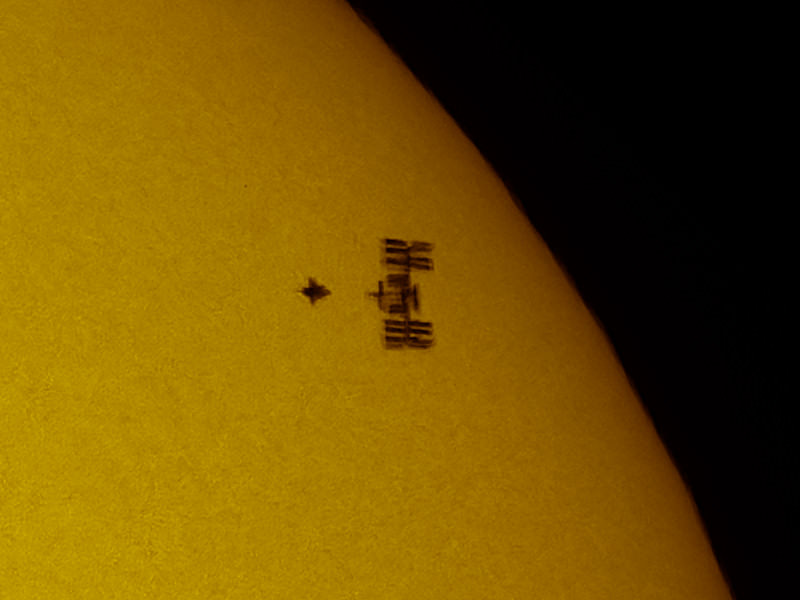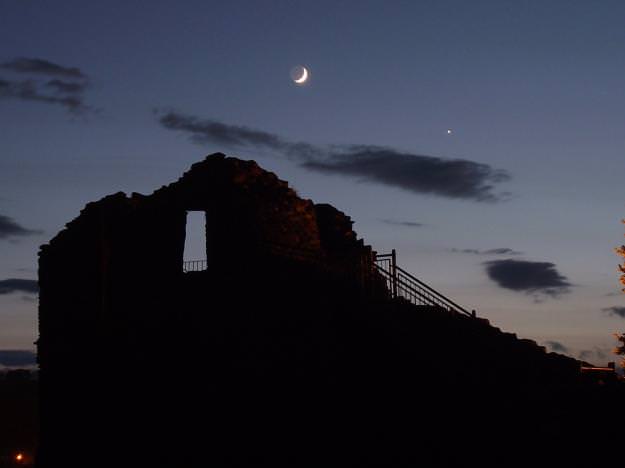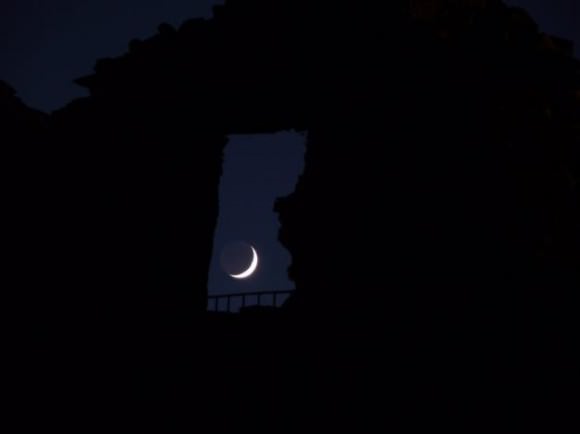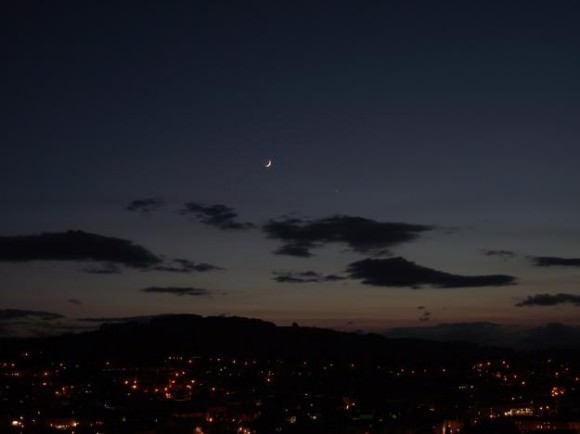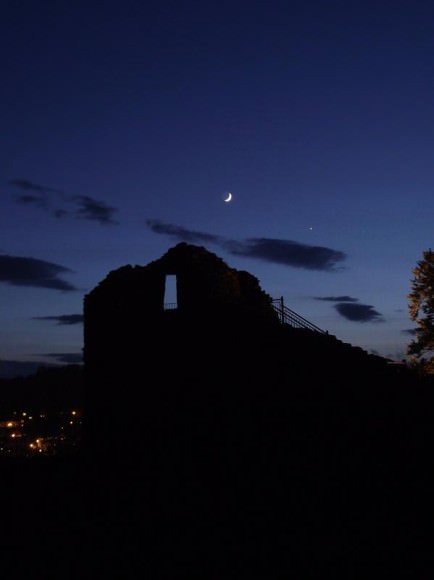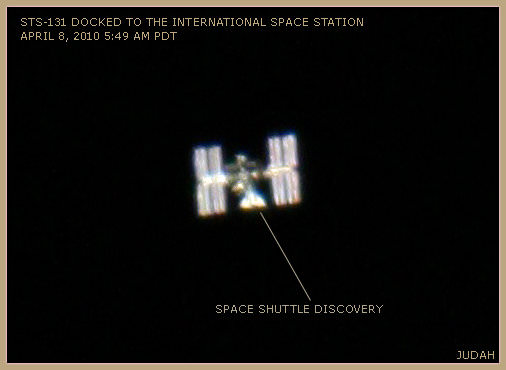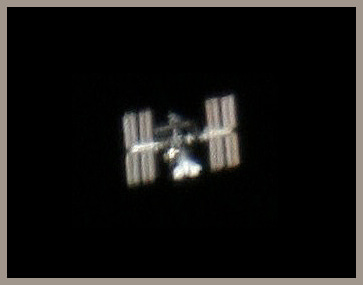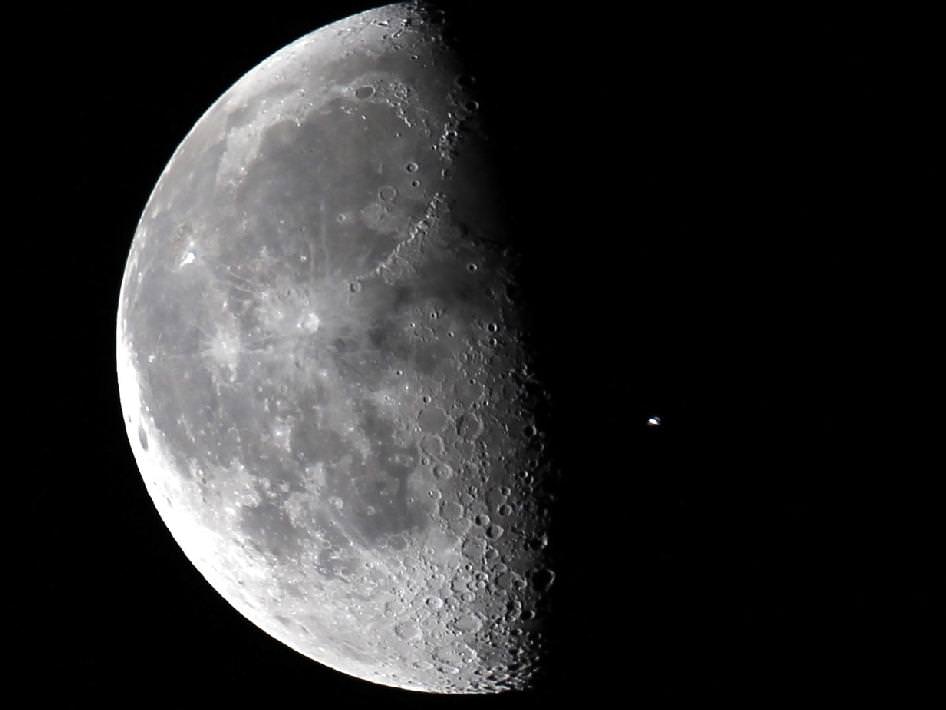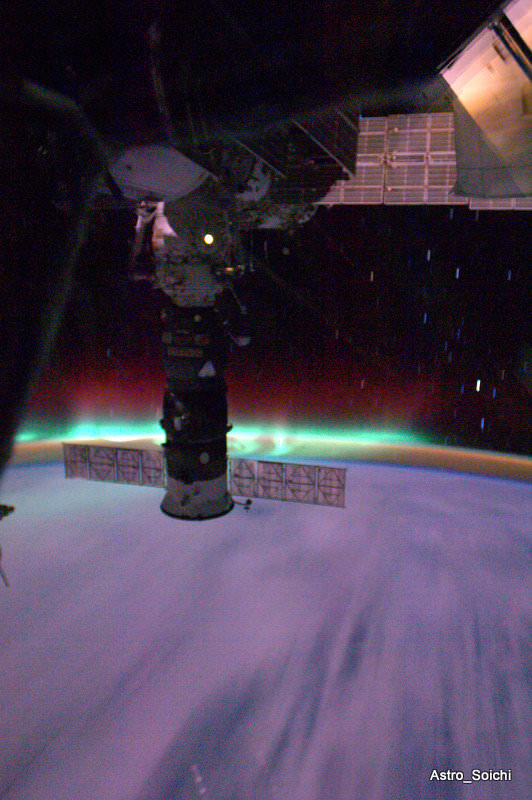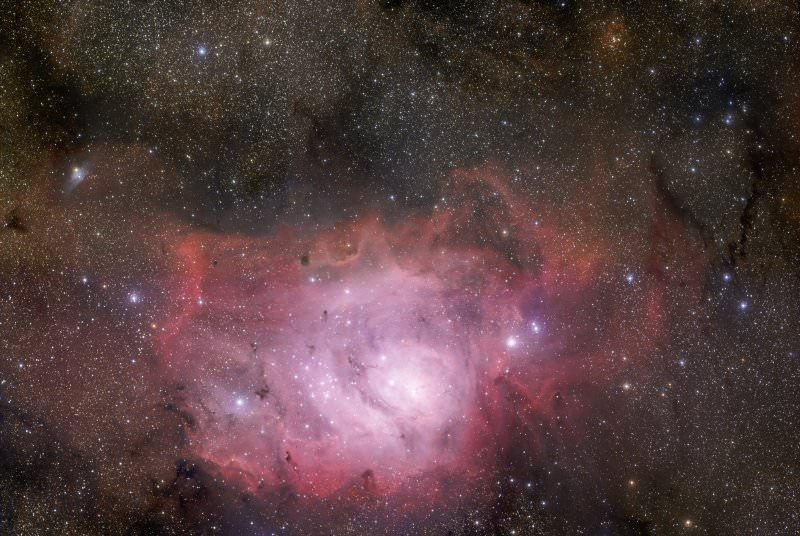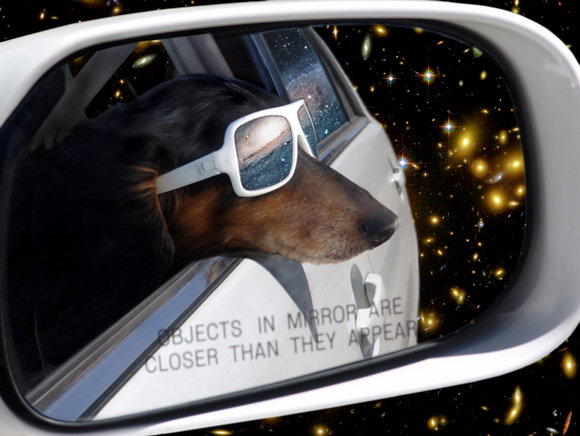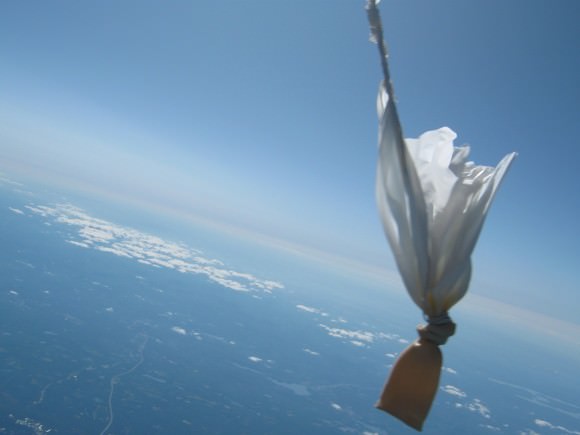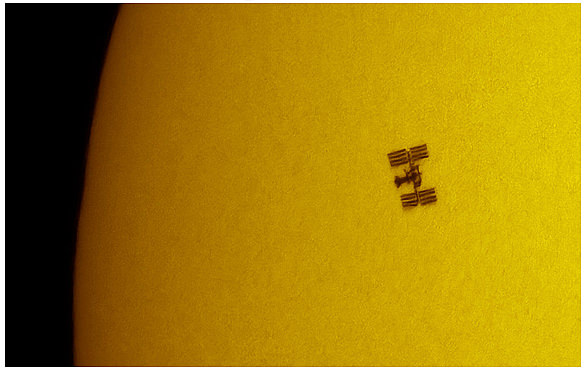Here are some incredible images of Atlantis and the International Space Station captured as it transit the Sun.
You can also view space from where you are. You just need a good telescope for that. Take a look at these cool and amazing telescopes from Amazon.com.
French astrophotographer Thierry Legault has done it again. He captured a view of space shuttle Atlantis and the International Space Station crossing the face of the Sun on May 16, 2010 about 50 minutes before the shuttle docked with the space station. Legault took the image from Madrid, Spain at 13:28:55 UT. “Atlantis has just begun the ‘R-bar pitch maneuver,'” Legault wrote on his website, “as the shuttle performs a backflip that exposes its heat-shield to the crew of the ISS that makes photographs of it; since its approach trajectory is between the ISS and the Earth, this means that we are seeing Atlantis essentially from above, with the payload bay door opened.”
Since this may be Atlantis’ last flight to space, the image is especially poignant.
See below for the full image, and make sure you go to Legault’s website and watch the movie of how quickly the pair of spacecraft actually flew across the face of the Sun — like the blink of an eye! It’s amazing he was able to capture this incredible image at all, not to mention how clear and sharp the two spacecraft are in the photo, against the face of the otherwise spotless Sun. The shuttle’s tail is even visible!
Legault said he used a Takahashi TOA-150 refractor (diameter 150mm, final focal 2500mm), Baader Herschel prism and Canon 5D Mark II camera, at an exposure of 1/8000s at 100 ISO, extracted from a series of 16 images (4 images/s) started 2 seconds before the predicted transit time.
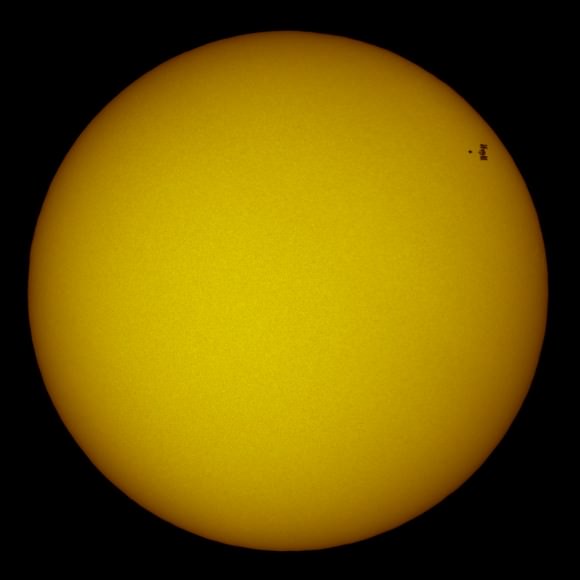
Take time to browse through Legault’s impressive collection of spacecraft photography, including an amazing 3-D movie of the ISS.

